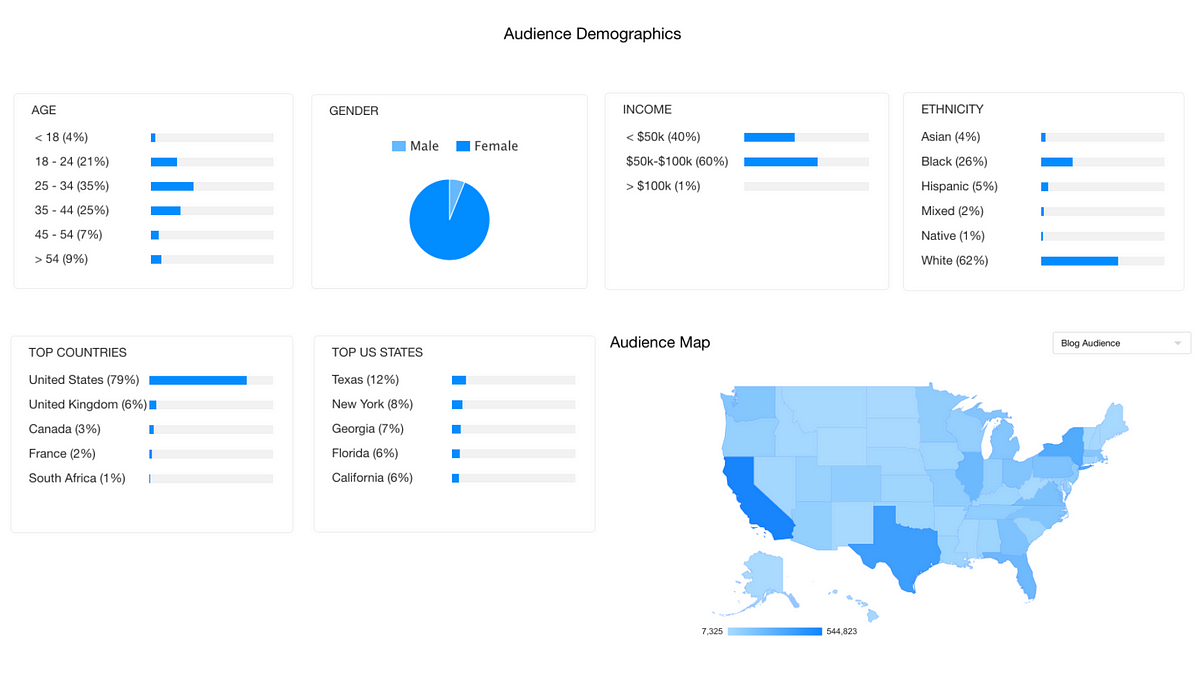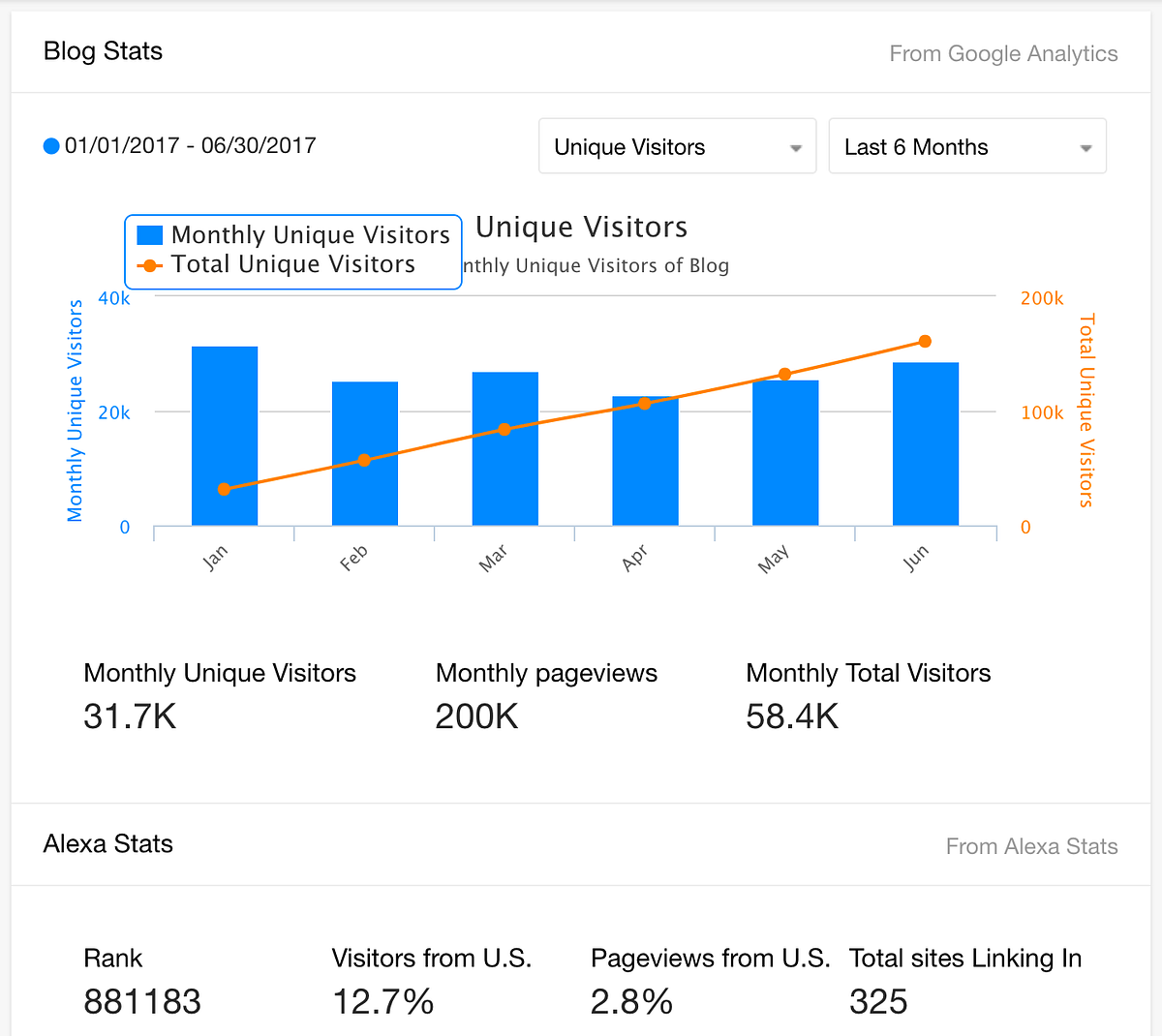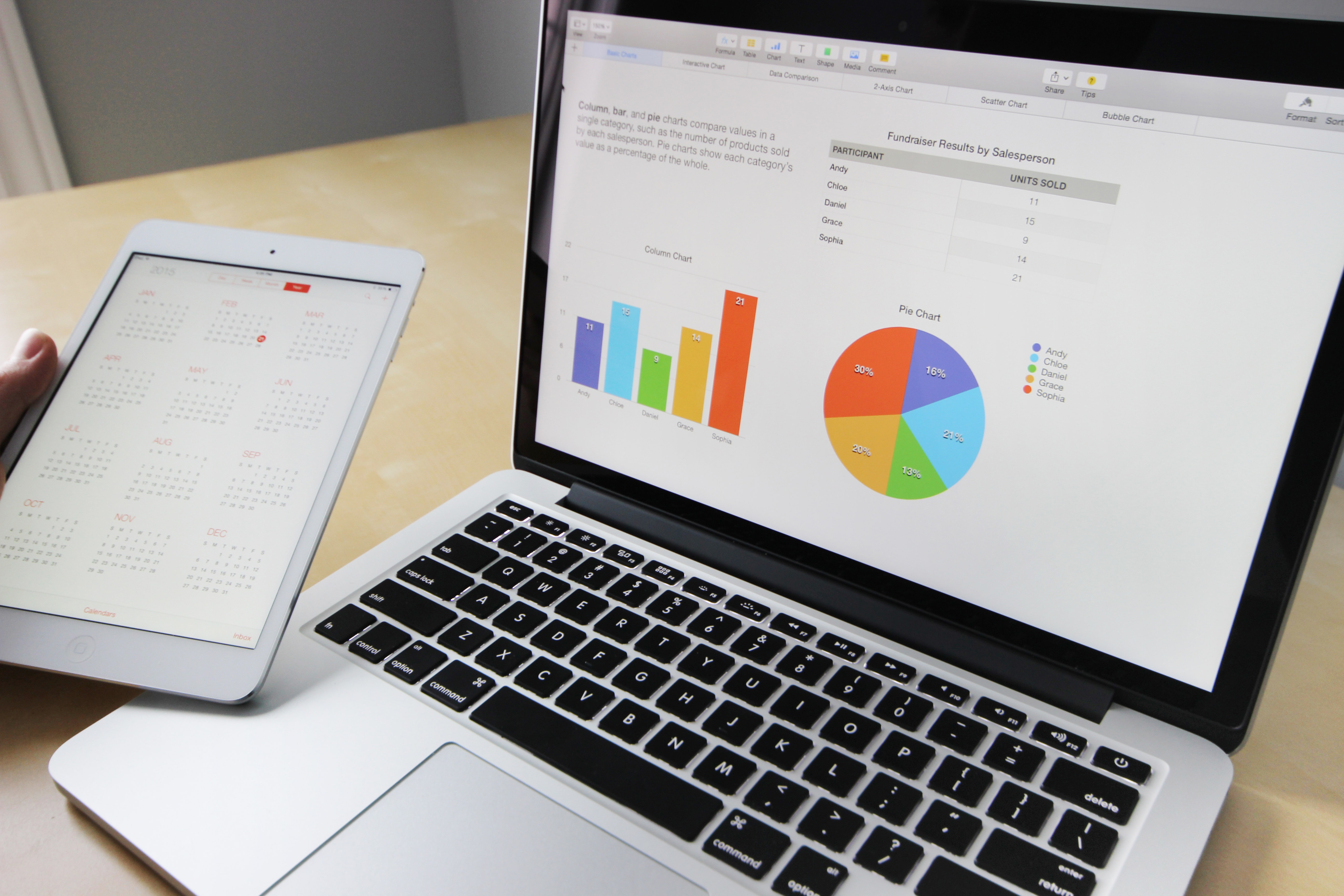‘Analytics and measurement’ are typically treated as a blanket statement in Influencer Marketing. Most marketers hear analytics and measurement and think of reach and engagement. While those metrics are certainly key for every influencer collaboration, there are actually a number of layers in analytics and measurement that are available today.
While it is great to be able to quickly see the number of followers or average engagement rate an influencer has, there are many other aspects to consider as a brand looking to partner with an influencer. Having access to rich profiles that include data-sets like Retailer Affinities (where the influencer likes to shop), Past Branded Collaborations (how they compare with his/her organic content), and Key Areas of Influence (perhaps the influencer is a travel blogger, but also can weigh in on food and home). This data is a combination of first-party information (supplied by influencers) as well as knowledge from our team and platform from having executed thousands of influencer activations.

Audience Level Measurement
Audience level analytics are an area of influencer measurement that has been developing recently. We find brand and agency partners to be particularly excited when we introduce this to them.
If we go back a year or two, when you worked with an influencer, you did not have a real idea of where their audience was. Savvier influencers might have surveyed their audience or pulled metrics from their Google Analytics to share with you, but by and large, marketers just assumed that if they were working with an LA-based influencer, their audience would be mostly in LA.
Today, we can quickly see the demographics of an influencer’s audience on their blog, Facebook, Instagram, and/or Twitter. These demographics are quite robust featuring details on audience geography, age, gender, and more. We recently put the value of audience level measurement to the test with a US-based top-tier influencer with whom we’ve worked several times. We were shocked to find that over 40% of her audience resides in South Korea! This is wonderful if you are launching a product in SK (it is a prime luxury retail market!), but if you are targeting the US market, booking her would be a miss.
Audience level measurement becomes even more valuable when evaluating content after it has been published — we can quickly see if a piece of content is getting more engagement in Florida and Texas, and less engagement in New York.

Content Level Analytics in Real Time
One benefit of working with a robust platform is the ability to see the actual data behind each piece of content, and not just relying on what the influencers (or their agents) claim.
Every single influencer we work with O-Auth(orizes) their Google Analytics for their blog content — often the most obscured metric as it is hard to access publicly — and their social media accounts (Instagram, YouTube, Pinterest, Facebook, Twitter) with us.
This means that as soon as a piece of content is published, whether it be an Instagram Story, a Blog Post or a Custom Pinboard, we can see what the reach, views, and engagement are in real-time. We have brand partners that leverage our platform to monitor hundreds of pieces of content for a particular program. We find that this knowledge helps our partners to optimize quickly, understand which content/platform/influencer works particularly well for them and quickly deploy additional budget in that direction.
‘ROI’ Measurement as it Relates to Partner KPIs
Today, Return On Investment (ROI) on an influencer program can be measured in a number of different ways — many choose to measure it with some sort of EMV (Earned Media Value), where a dollar value is attributed to certain metrics — each ‘like’, ‘click’ or ‘comment’, for example, to add up to a total ‘value’ garnered from the content to then calculate a ROI. Of course, this can be somewhat subjective, as a lot of ‘likes’ may not always add up to real ‘value’ to a brand.
Alternatively, conversion attribution can be assigned via promo codes and affiliate links. However, it is important to be mindful that this can favor influencers that are more adept at promoting coupons and sales vs. influencers that are great at introducing a new brand or product to their audience.
Finally, there are technologies that can help measure higher funnel attribution, attributing value to the content and influencer that introduces a product to the consumer, as well as value to the content that drives the final click to conversion, whether it be a sale or an app install. The downside here is that the brand/retailer needs to have proper server-side integration (beyond just cookie or pixel-based tracking) with these technologies to track effectively. For instance, if someone clicks on a piece of influencer content to land on the retailer’s product page, and then returns months later via another link, that all needs to be tracked from the retailer’s site.
We work with partners to employ a number of methods to get to an appropriate measurement of ROI. Depending on how they are measuring it across their marketing strategy today, Influencer Marketing is, after all, another channel of marketing alongside other channels for them, so we work with them to ensure that it can be measurable and comparable with those other channels.












Comments are closed.